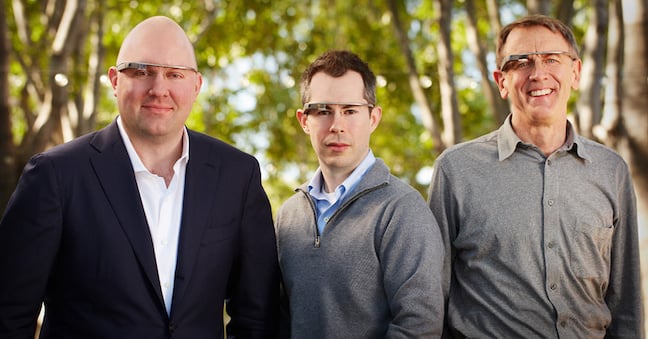This article is more than 1 year old
2016 in mobile: Visit a components mall in China... 30 min later, you're a manufacturer
The Reg on the rise of Shenzhen generics, the fall of wearables and other coming trends
The great wearable disaster

Wearables are perhaps the most obvious symptom of overproduction, because they remain a solution looking for a problem.
Let's be fair to Apple: the issue isn't that the expensive Apple Watch sucks, or is even a flop. By category standards, it's actually a reasonable success. And I've used much suckier technology. The issue is that almost everybody who makes a smartwatch doesn't seem to want to be doing it very much, and Apple is no exception. It does it because it feels it has to be in the game now, or it'll lose some vital platform advantage or market presence a few years down the line.
Perhaps it's right. Or perhaps it's like pen computing twenty years ago. Everyone made a pen computer, even Amstrad. They all turned out to be hopelessly wrong.
At launch, I called the Apple Watch electric perfume, because it did so little that was new, solved no new problem, and was essentially replicating the perfume industry. You buy and wear the brand.
Sixteen months later, Apple's most un-Apple like product isn't a must-have, or talked about very much. More ominously for the many manufacturers who have spent the past two or three years devoting huge resources to the category, Apple Watch didn't move the market.
For years Apple used to boast that it "ignited the PC revolution". But it didn't "ignite" or even warm the broader market. Rivals hoped Apple Watch would highlight one or two killer use cases that had so far eluded everybody. But it just hasn't happened.
Of the rivals, Samsung's Gear S2 has emerged as the simplest to use, and the most complete package. Huawei has the most stylish Android Wear watch.
The one undisputable wearable success is the fitness band. Fitbit has departed from the traditional script, and actually makes a profit. Wall Street values post-floatation Fitbit at $6bn. But so far the numbers are still small. And according to Fitbit's IPO prospectus, half of its customers are inactive. Fitbits get bought in a spur of enthusiasm, and many are bought as gifts ... but after a month or two, get put in a drawer.
If smartwatches really are the pen computing of today, then what does that mean? It means people look for other ways of getting things done, things that the vendors claim are the USP of the new device. In the case of wearables, they provide alerts, payments and other things that require authentication or authorisation, but the price and inconvenience they bring is fairly considerable.
So, manufacturers could provide these another way: they'll need to retool for much cheaper and smaller devices than the clunky, heavy, battery-guzzlers that Wear and WatchOS demand. Only they're not doing that. Fitness bands are acquiring more and more features, and Microsoft followed up its impressive first generation Band by building in yet more sensors, and adding £50 to the price.
Perhaps it's years away. Once the price falls, and sensor recognition improves, I can envisage a bank providing customers with a wearable just to reduce fraud. But I wouldn't bet on it happening soon. With wearables, I wouldn't bet on anything.
